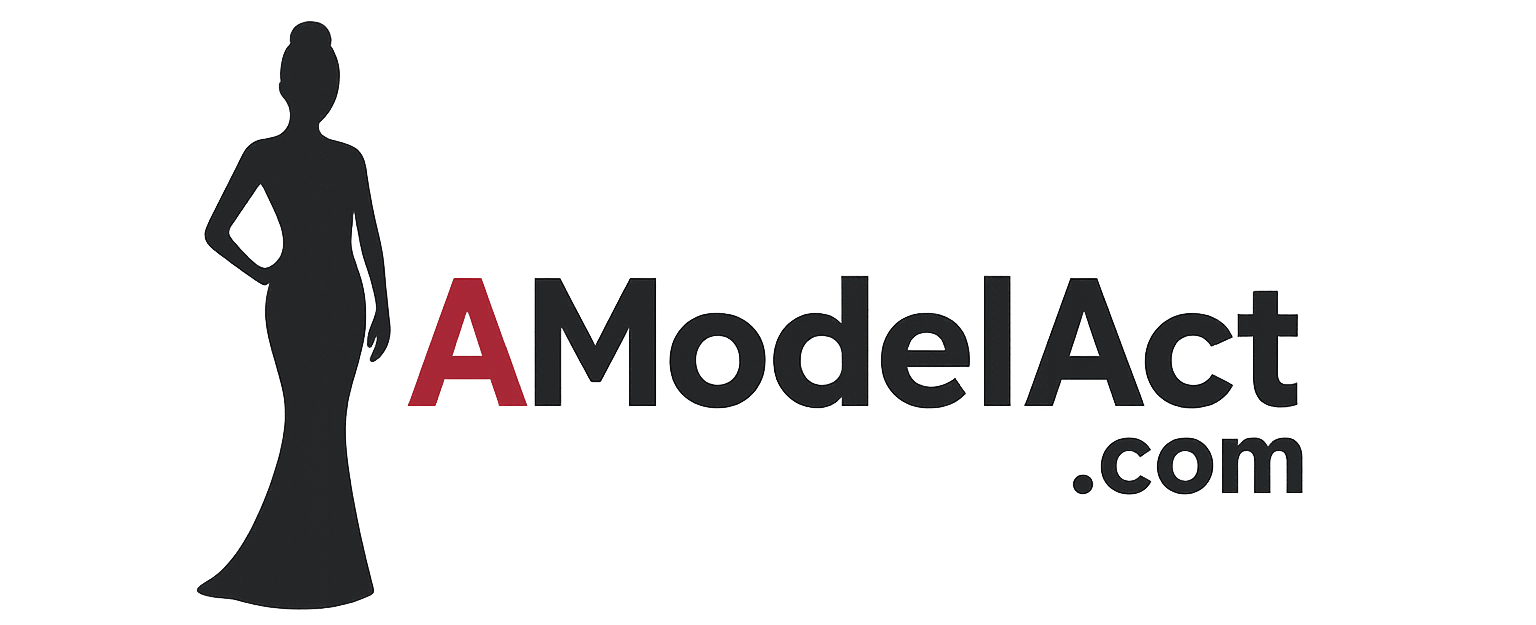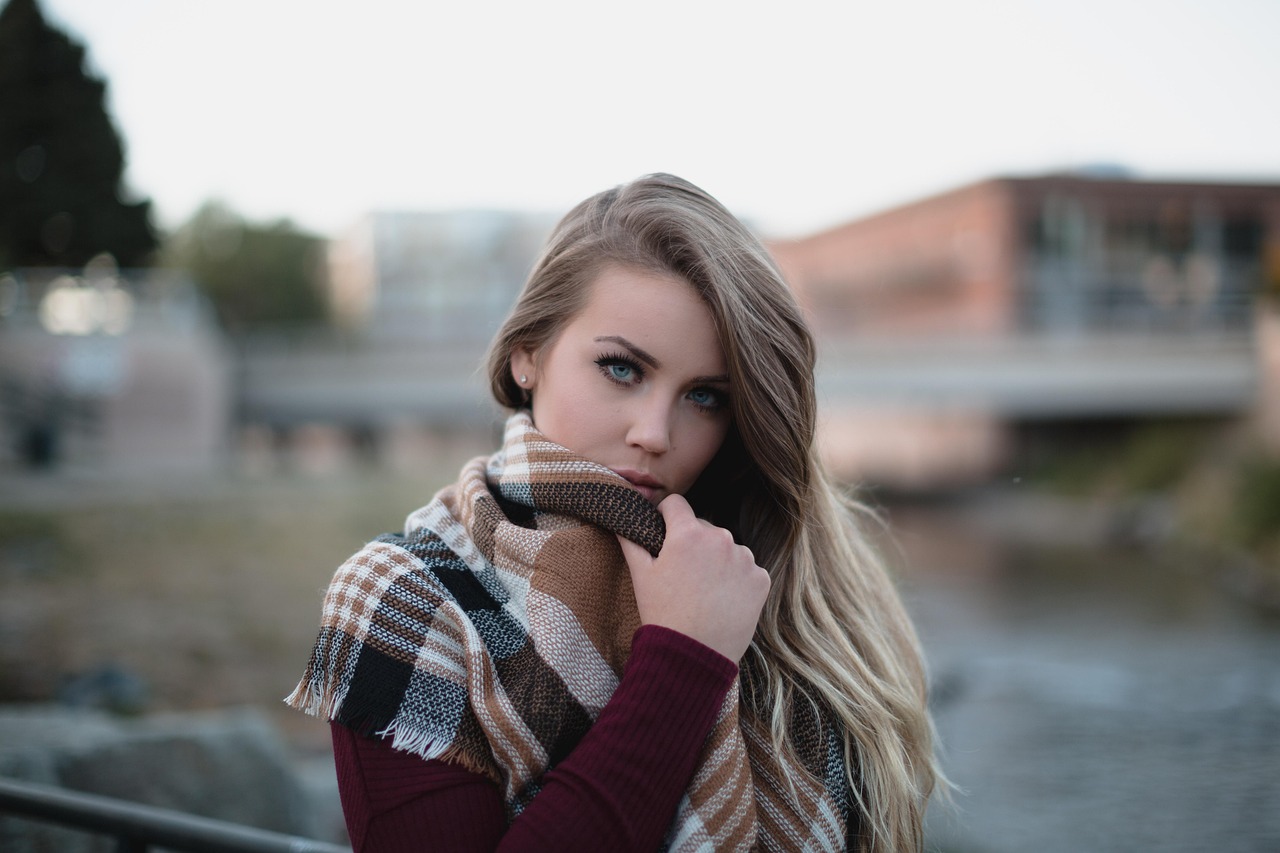The modeling industry is broad, dynamic, and filled with opportunities that cater to a wide range of talents, body types, and personalities. When I began exploring the field, I realized quickly that modeling isn’t just about walking the runway or posing for fashion magazines. From commercial campaigns to specialized niches, each type of modeling has its own expectations, challenges, and rewards. Grasping the distinctions is critical when deciding which direction to take. That’s why understanding different types of modeling jobs has helped me shape my path more strategically.
Fashion Modeling
Fashion modeling is the most recognized category in the industry. This includes runway and editorial work, often seen in high-fashion magazines and international catwalks. Models in this space usually have specific measurements, particularly when working with top designers and luxury brands.
To break into fashion modeling, I had to meet height and size standards, and present a striking look that could adapt to avant-garde styling. Editorial shoots often involve elaborate setups, dramatic makeup, and intense creativity. It’s not just about looking good, it’s about embodying a vision. Runway shows, on the other hand, require rhythm, posture, and the ability to carry designer pieces confidently under pressure.
Fashion modeling demands discipline. Castings can be competitive and expectations are high. But for those who fit the criteria and love the adrenaline of live shows or the creative world of high fashion shoots, it offers a prestigious platform.
Commercial Modeling
Commercial modeling is where I found my first real success. Unlike fashion modeling, commercial work doesn’t require a specific height or build. It focuses on relatability and appeal to general audiences. Think of ads for household products, technology, healthcare, or lifestyle brands.
What made commercial modeling appealing for me was its inclusivity. Clients wanted someone who looked like a real person, someone viewers could connect with. I’ve done shoots where I had to play a parent, a student, or a young professional, each time adapting my facial expressions and posture to fit the scene.
Understanding different types of modeling jobs helped me appreciate how commercial work opens doors to a wider group of aspiring models. It’s consistent, versatile, and often pays well, making it an excellent foundation for a long-term modeling career.
Print Modeling
Print modeling overlaps with fashion and commercial categories but focuses specifically on still photography for magazines, catalogs, brochures, and posters. I’ve done print jobs that range from high-end fashion spreads to advertisements for hotel chains and department stores.
The key here is expression and presence. Every shoot required me to convey emotion with subtle facial movements and posture, often without saying a word. A good print model understands how to move within frames and work with lighting and props. It’s a craft that gets better with experience.
What I love about print modeling is the variety. One day I’m in a swimsuit on a beach, the next I’m bundled up in winter wear for a holiday catalog. It keeps things fresh and constantly challenges me to adapt.
Fitness Modeling
Fitness modeling centers around athleticism, strength, and a healthy physique. Models in this niche are typically featured in sportswear ads, supplement promotions, gym branding, and health magazines. It’s a niche that celebrates discipline, physical performance, and body awareness.
I’ve dabbled in fitness modeling during times when my workout routine was especially strong. These jobs demanded not just a fit appearance, but the ability to perform exercises correctly for the camera, squats, yoga poses, running form, or lifting weights.
The fitness industry has been growing rapidly, and understanding different types of modeling jobs showed me how specialized this area is. It suits people who live a physically active lifestyle and are comfortable maintaining a consistent fitness regimen year-round.
Parts Modeling
This is one of the most fascinating and specific branches in the industry. Parts modeling focuses on particular body parts, hands, feet, legs, eyes, or even hair. These models are used in ads for jewelry, nail polish, shoes, glasses, and hair products.
I once booked a gig as a hand model for a skincare commercial. It was surprisingly technical. My hands had to stay still for long stretches while holding products at perfect angles. Even a small tremble could ruin a shot. It taught me how detailed and controlled this kind of work can be.
What makes parts modeling so unique is that you don’t have to fit any traditional modeling mold. As long as you take care of the featured body part and have control over its movement, you can build a solid career in this niche.
Promotional Modeling
Promotional modeling involves representing a brand or product in person at live events, trade shows, festivals, or launch parties. The job isn’t just to look good, but to engage with people, answer questions, and reflect the energy of the brand.
I did a few promotional gigs early in my career and found them to be very interactive. I had to stay on my feet, smile constantly, and deliver product information clearly. It taught me the value of communication skills and how personality plays a major role in modeling success.
Promotional modeling is great for outgoing individuals who love meeting people and working in high-energy environments. It may not offer the same exposure as print or fashion modeling, but it builds valuable connections and experience.
Catalog Modeling
Catalog modeling is a stable and steady form of work. Brands hire models to showcase clothing or products in seasonal catalogs or online stores. Unlike high fashion, this space welcomes more diversity in terms of body type, height, and age.
I’ve worked on catalog shoots for retail brands that wanted approachable, everyday looks. These gigs often require early call times, long hours, and frequent wardrobe changes, but the expectations are clear and the atmosphere is usually relaxed.
Understanding different types of modeling jobs showed me that catalog modeling can be incredibly rewarding. It provides regular work, especially for models who are professional, punctual, and easy to direct on set.
Glamour Modeling
Glamour modeling is often more sensual and body-focused. It can include lingerie, swimwear, or editorial work aimed at adult audiences. While it’s a controversial niche to some, it remains a recognized and profitable space in the industry.
I’ve seen friends succeed in this area by setting strict personal boundaries and aligning only with reputable photographers and brands. It’s not for everyone, but with careful curation and professional conduct, glamour modeling can open doors to commercial and lifestyle opportunities as well.
The key to success in this niche is confidence, control, and awareness. It requires a strong personal brand and clear communication about what you’re comfortable with.
Plus-Size Modeling
Plus-size modeling has gained massive momentum in recent years, creating space for models with curvier and fuller figures. It promotes body positivity and challenges outdated standards in fashion and media.
One of the most inspiring aspects of the industry today is its increasing embrace of size diversity. Brands are actively looking for models who reflect real consumers. Plus-size models now walk in runway shows, feature in major fashion campaigns, and have loyal fan bases.
This shift is part of why understanding different types of modeling jobs is more important than ever. The industry is expanding, and there’s more room to succeed no matter your body type, as long as you present yourself with professionalism and authenticity.
Mature Modeling
Mature modeling is for individuals typically aged 40 and up, though some clients may seek models over 60. This category is growing, especially in commercials, lifestyle campaigns, and beauty ads targeting older audiences.
I admire how mature models bring depth, character, and elegance to their work. Brands recognize that representation matters, and they’re highlighting beauty at every stage of life. These jobs require grace and personality, along with the ability to follow direction and maintain presence.
For anyone starting later in life or transitioning from another career, mature modeling offers a fulfilling opportunity to explore modeling without the pressure of youth-driven standards.
Niche And Alternative Modeling
Not all modeling fits into mainstream categories. Alternative modeling celebrates tattoos, piercings, and edgy fashion. Niche modeling can involve cosplay, gothic looks, or themed photo shoots for niche brands or communities.
This space is where creativity reigns. I’ve met models in the alternative scene who have built massive followings and booked high-paying gigs by embracing their unique style. It proves that the modeling world is big enough for all types of expressions.
If you have a distinct aesthetic or a creative vision, this route offers a chance to stand out without conforming to traditional norms. It’s proof that modeling is not about fitting in, it’s about standing out in the right space.
Final Thoughts
Understanding different types of modeling jobs gave me clarity about where I fit and what to aim for. It helped me stop comparing myself to others and start carving my own path. Each category has its own set of expectations, but all of them share one thing in common: the need for professionalism, presence, and consistency.
Modeling is no longer confined to narrow standards. The industry is growing, evolving, and making space for every kind of beauty, shape, and personality. Whether you want to walk runways, appear in health magazines, or promote products at live events, there’s a place for you.
What matters most is being aware of your strengths and aligning them with the right type of modeling. When you do that, doors begin to open, and your modeling journey becomes more than just striking poses. It becomes a career built on intention and self-awareness. That’s the real reward of understanding different types of modeling jobs.

